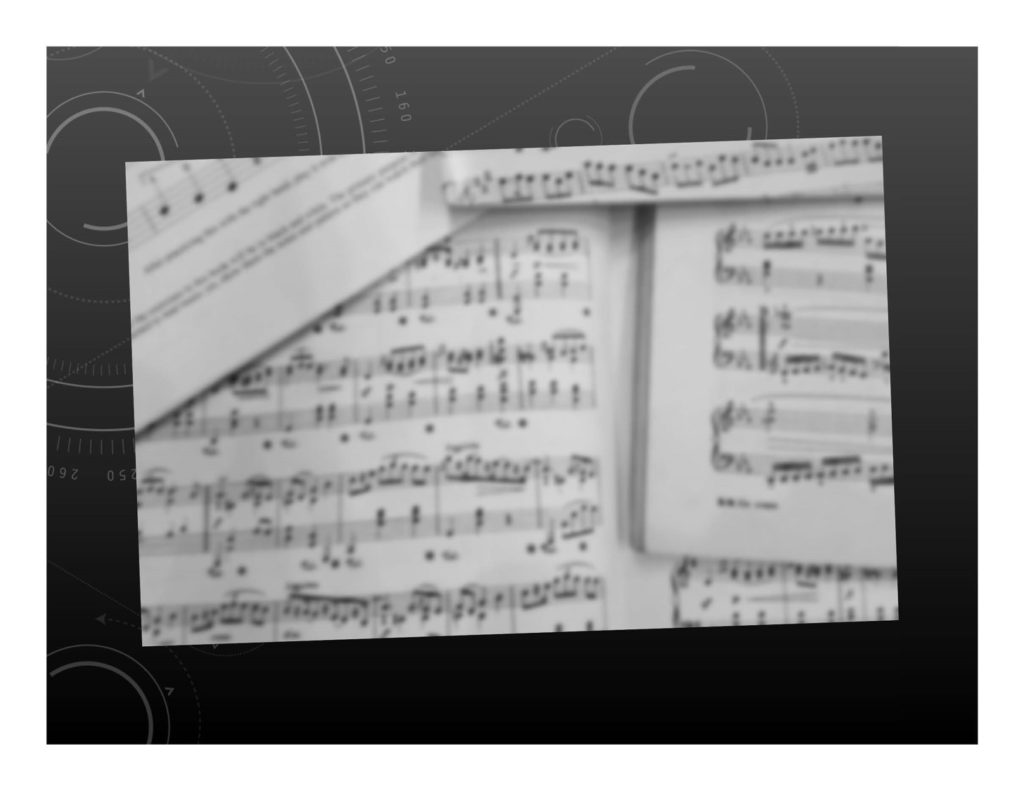You cannot practice your reading enough! There, I said it. It’s also true that only by practicing your reading will you ever get any better at it. Just like you practice making the right timbre and holding the notes the right length of time, and getting all the notes in the right order, you can also practice your reading. Doing so will help you immeasurably to read more music, more easily.
But saying you need to practice and actually doing it may seem like a big leap. After all, how do you practice reading? Well, here are some ways you might go about it.
- Set aside time in your practice to do reading. I love my kitchen timer – set the timer for 5 – 10 minutes (depending on your overall practice time). Then spend that time focused on reading. If you’re a beginning reader, you might identify the names of each note. When that becomes easier, you might name the note while finding it on the harp. Or you might name each note value (find all the eighth notes, then find all the quarter notes, etc.). You might start with naming all the rests. You’ll know best what you should work on by what gives you the most difficulty when you’re trying to read.
- Choose wisely. If you are a beginning reader, you might want to start reading a beginning book (it is helpful to think about how you learned to read as a child – remember those books – loads of pictures and very large type? Find the music equivalent!). As you become more experienced at reading, you can more on to more complex music, or looking at ensemble scores! You might be willing to read music for other instruments (although I would suggest you stick with the treble and bass clefs!).
- L-O-O-K at the music! Analyze it. Look for the patterns that repeat, find the motif that is moved around (a pattern that starts on different notes in different places). Pay attention to all the ink – it’s all there to tell you something – spend the time to figure out what it is! Look at the beginning. Check out the end to get an idea of what’s going to happen (this is analogous to reading the last chapter of a book!). I really like finding the patterns and using those to convince myself that it won’t be as much work as I think it will be (especially true with the dot density is high and there is a lot of ink on the page!). Work on building the habit of doing this analysis each time you open a piece of music (and avoid the trap of opening the music and just trying to play it).
- Think of the whole. When you’re beginning to read, you may need to look at each note individually and each line or space of the staff (do you remember when you were young and you had to sound out each letter – like that). It is overwhelming! However, I promise, with practice you will become better, faster, stronger at seeing the whole (the staffs, the notes, the inflections, etc.) and processing the meaning more quickly! This will make reading easier and more fun, and definitely less work!
- Pay attention. Once your reading becomes more effortless, you will be tempted to read more quickly and bang through the music as fast as possible. But remember a couple of important things – faster is not necessarily better and you are reading to take something in – but what are you going to do with it after you take it in? Keep that end in mind and pay attention the whole way through!
- Find the “sight words”. In word reading there are “sight words” – words you have practiced so many times you can read them without reading them! Words like – word, so, many, times, you, can, read – well you get the idea! In the same way, the more you read music, the more these musical “sight words” (patterns) will become clearer. With practice, you’ll see an octave and won’t even thinking about it, you’ll know it’s an octave. A triad (1-3-5 chord)? Bang on. Know an F from an A? Piece of cake.
I know, if you’re just starting out, this seems like magic or malarkey, but it’s not – it’s just practice! Reading music can be challenging. I used to hate sitting next to a “paper trained” person at a workshop – they’d rattle through the music at a clip and I’d still be placing the first chord. It can be disheartening. This may be more so if you’re coming from another instrument – either a one liner (like fiddle or flute) or a flatliner (like piano).
Be patient and actually practice and you’ll see improvement very quickly. Or you can go back to wishing – it is a strategy, but it doesn’t work very well!